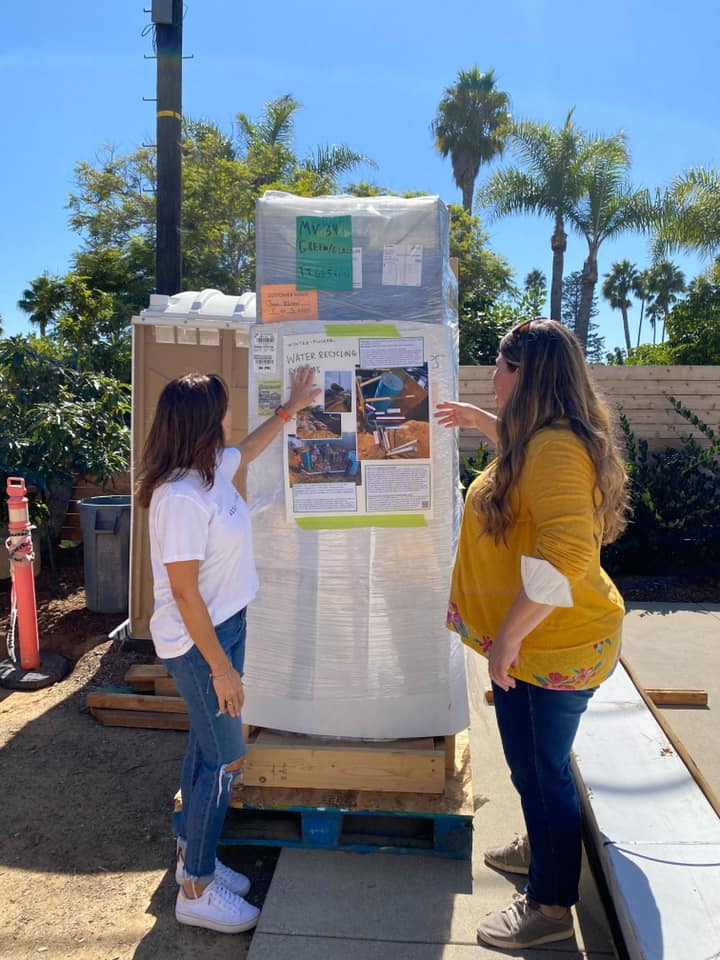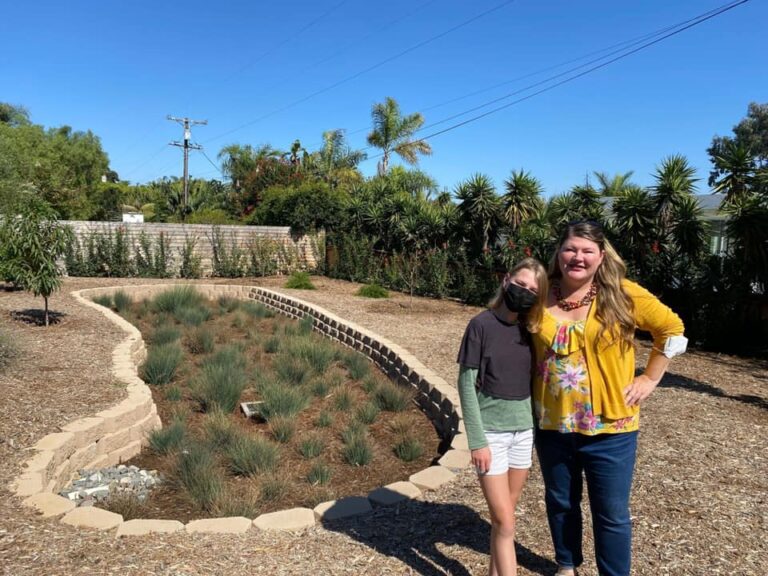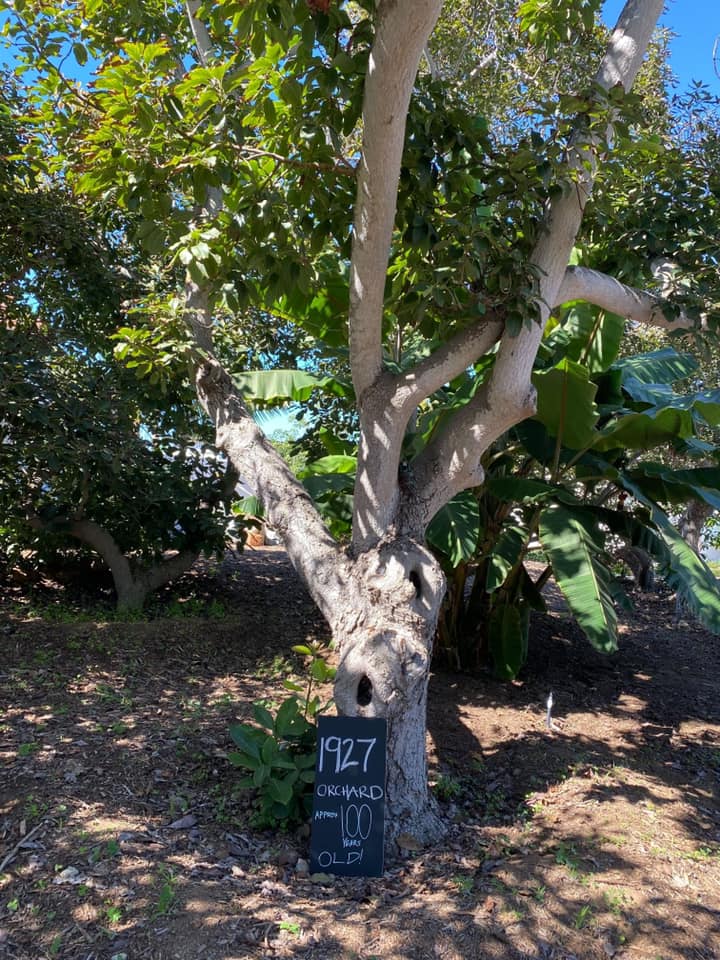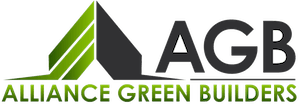We had great turn out at the Winter Residence at this year’s San Diego Green Homes Tour. Many attendees were particularly interested to learn more about the native garden, gray- and rainwater recycling systems, balanced energy recovery ventilation HVAC system, and healthy materials. It’s great to know so many San Diegans care about healthy building and are integrating some of these ideas into their own homes! Check out some photos and a list of the green features below.




LIST OF GREEN FEATURES
ENERGY
- Title 24 score of 17% which implies a 17% greater energy efficiency than a standard built home. A home with greater energy efficiency reduces costs for the homeowners, increases reliability and availability of electricity, improves occupant comfort, and reduces impact on the environment.
- A 43.6 kW solar photovoltaic system should offset all the energy used in this home including car charging
- 7 Tesla Powerwall batteries store excess energy produced by the solar system during the day so the home can use power at night or during power shutoffs
- AeroBarrier envelope sealing – AeroBarrier is a breakthrough envelope sealing technology. It’s a nontoxic airborne sealant that’s blown into a pressurized home and it finds and seals holes as small as a human hair up to as large as ½ inches wide. A tighter envelope means greater energy efficiency and better indoor air quality. Using AeroBarrier reduced the envelope air leakage by 91.5%
- High-efficiency minisplits for HVAC system
- All lighting are high-efficacy LEDs
- Energy Star appliances such as dishwasher, clothes washer, refrigerator
- Quality Insulation Installation (QII) inspected insulation. Poorly installed insulation is one of the main reasons for energy inefficiency in a home. Gaps in insulation create thermal breaks where heat can flow freely in/out of the home which increases the load required of HVAC equipment. To achieve QII, a 3rd party verifies that insulation touches 6 sides of the interior of each wall, ensuring no thermal gaps and therefore maximum thermal comfort for the occupants and increased energy efficiency
SITE
- Permeable paving material on 100% of driveway allows water to percolate into ground before running into stormdrain
- All water that falls on impermeable areas is directed to water storage tanks. If tanks overflow, water is directed to a bioswale retention area in the backyard
- Light colored, high albedo material for hardscapes which reduces heat island effect. Less heat being absorbed into the hardscape lowers the cooling requirement of the HVAC system
WATER
- 100% of water that falls onsite is captured and used to irrigate the landscaping. The rainwater (water that falls on the roof) is collected in a 30,000 gallon rain tank and the stormwater (water that falls on the site) is collected in a 15,000 gallon tank. Both tanks are located underground
- Graywater from plumbed areas such as showers, bathroom sinks, and washing machines is collected in an underground “vault” (tank) and is then used to irrigate the limited turf areas
- CalSense – a cloud-based monitoring system that tracks the production and usage of the rainwater, stormwater, and graywater water reuse systems. This helps optimize operations, pinpoint issues, and understand financial and environmental payoffs
- High efficiency irrigation with point-source drip emitters, hydrozoning, and rain sensors.
- Water efficient toilets, lav faucets, showerheads, and clothes washer
MATERIALS
- Bolefloor in main living areas – the first manufactured naturally curved hardwood flooring that follows a tree’s natural growth, minimizing waste and giving a unique look to the floor
NONTOXIC PEST MANAGEMENT
- Treated all framing members with sodium borate which is a nontoxic compound that prevents termites from converting wood into sugars, effectively starving them and not allowing them to eat through the lumber. This not only increases the durability of the home, it saves money over the lifetime of the home by negating the need for termite tenting
INDOOR AIR QUALITY
- Heat recovery ventilator (HRV) is a balanced ventilation system that transfers heat or coolness from stale exhaust air to fresh intake air. It removes excess moisture, odors, and contaminants while conserving energy and enhancing comfort
- Recycled-content and low emission insulation
- Low VOC paints, sealants, and adhesives
- No added formaldehyde (NAF) zero VOC flooring
If you are interested in participating in next year’s Green Homes Tour by showcasing your home, volunteering, attending, sponsoring, etc., you can contact them through their website: sdgreenhomestour.org

Pingback: - Alliance Green Builders